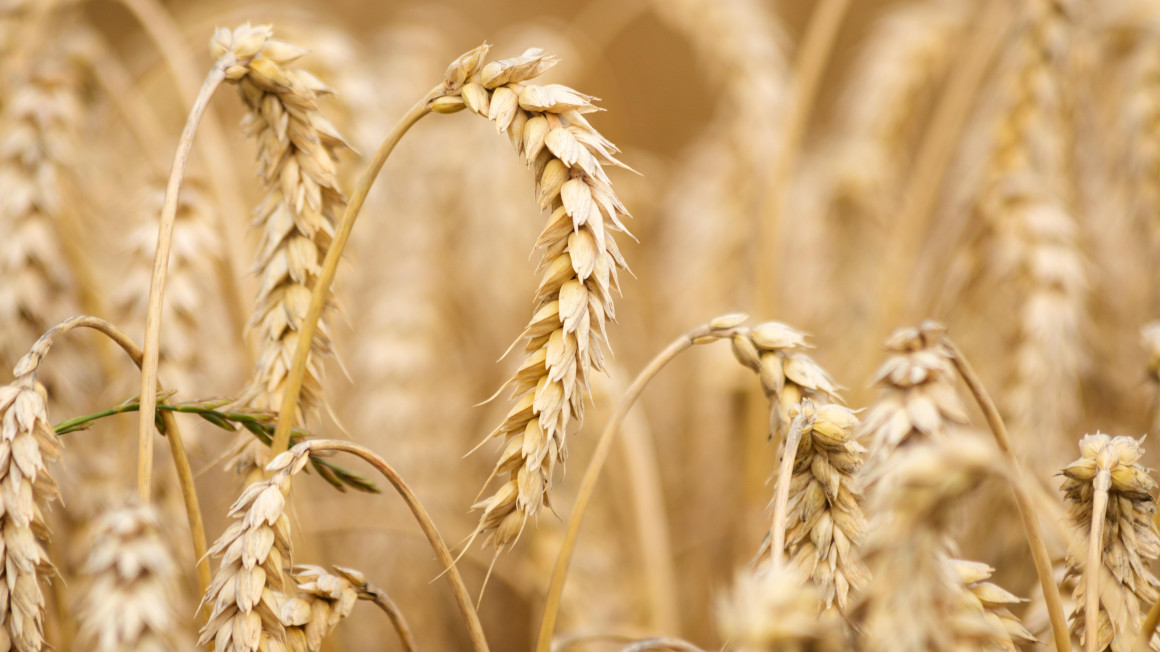New strategies required in wheat cultivation
An international research team involving the Leibniz Centre for Agricultural Landscape Research is calling for new sustainable cultivation practices to improve nitrogen uptake in wheat cultivation instead of applying more fertilizer.

Wheat is one of the most important food crops and, after maize, provides the world's largest harvest yields. Many foods, from bread and pizza to beer, are made from this grain. However, extreme weather conditions such as droughts and floods repeatedly cause crop losses – including wheat. Farmers are already trying to supply food crops with important nutrients such as nitrogen through fertilization and to secure wheat yields.
Securing yields through more nitrogen fertilization?
In the coming years, however, fertilization with nitrogen would have to increase fourfold in order to "exploit the yield potential of the varieties to supply the growing world population". This is the result of an international study in which researchers from the Leibniz Center for Agricultural Landscape Research (ZALF) were involved.
The research team used simulation models to determine potential yield increases and the associated nitrogen requirements for the highest-yielding wheat varieties. In addition, various climate change scenarios were applied to the most important wheat-growing regions worldwide.
Nitrogen must be available to plants in the soil
According to the researchers, fertilizing even more to ensure future yields cannot be the solution. "In view of the negative effects of excess nitrogen on the climate and the environment, we cannot increase fertilizer applications any further, but must think about alternatives," says Frank Ewert, Scientific Director at ZALF and co-author of the study. "Our results show that we need to focus primarily on ensuring that nitrogen is available to plants in the soil and can be efficiently absorbed by them."
New cultivation practices needed
Breeding new wheat varieties that absorb more nitrogen is seen by the researchers as one possible solution. Another option is other cultivation practices such as the combined cultivation of wheat with legumes, which can fix nitrogen from the air. However, neither of these approaches alone would be able to solve the problem, the researchers write. "What is needed is a meaningful integration of agronomic, genetic and socio-economic relationships," the team reports in the journal "Nature Plants".
The work of the ZALF team was funded by the German Federal Ministry of Education and Research (BMBF) as part of the funding measure "Soil as a sustainable resource for the bioeconomy – BonaRes".
bb


